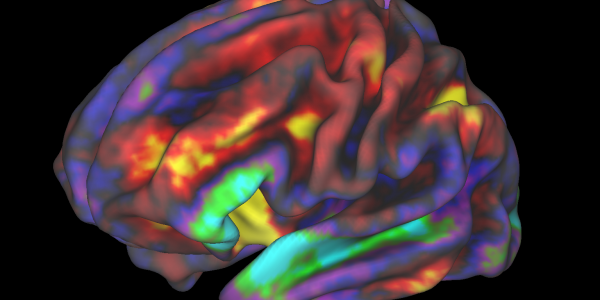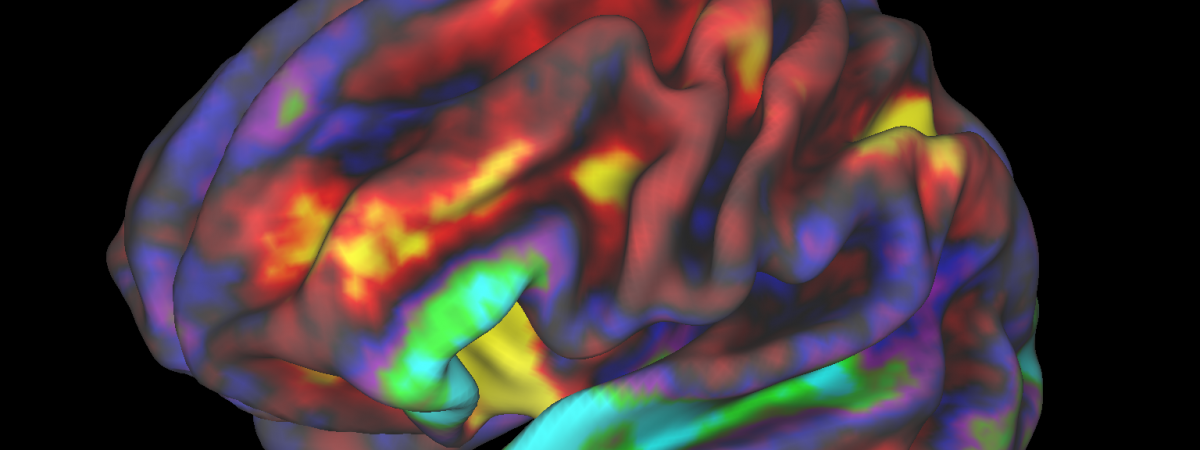The susceptibility of the brain to affect makes it seem like things affecting the brain drive mental health but that is not just the case.
There are probably a few things left that have not been ascribed to affecting mental health.
So, how do they decide that for the brain, or how does the brain determine mental health in general to make those things have a shot?
What are the elements of mental health that represent those supposed stressors and where do they go to effect stress?
Whatever thing causes mental health problems, how does it get into the brain to do so? In what form does it exist to the brain? Where does it go? Why does it not have the same effect on everyone all the time?
Usually, things are thought about. It could be how they are thought about, or where those thoughts go that could determine what they exert for the experience of a mental state.
So what are the rules of thought transport? Since things are known or memory, what is its role? What is the functional basis of both that makes them structure mental health?
In neuroscience, it is established that senses are collected in the brain at a principal hub, the thalamus, except for smell, collected at the olfactory bulb. It is at these hubs they are processed or integrated before relay to the cerebral cortex for interpretation.
It is theorized that sensory processing or integration is into a uniform unit, identity or quantity, which becomes the representation, equivalent or version of senses that transports to higher-order parts of the brain.
This new identity is propounded to be thought or its form. It is what emerges of senses. It is what is used to think. It is what is used to know by going where other stored thoughts are—or memory.
It is also what is used to experience things in the external: see-[sense-thought]-know [memory], smell-[sense-thought]-know [memory], hear-[sense-thought]-know [memory], touch-[sense-thought]-know [memory] and taste-[sense-thought]-know [memory].
So whatever affects mental health is a form of thought.
Interpretation in the cerebral cortex is postulated to be knowing, feeling and reaction. Knowing is memory, feeling is affect—in the moment, and reaction follows feeling, which can be parallel or perpendicular.
It is thought, in sequences that goes through these stages, that determines what becomes of mood or experience with anything. The memory is a package of thought or its form in micro and macro stores. Micro stores the least possible unique information on anything, while macro stores similarities between two or more micros.
There are different types of micro stores in the memory, some resident—with unique information, others relaying directly to macro stores without seeking the corresponding [resident] micro store.
Micro stores also have sequences of relay, which sometimes follows an order, and becomes how some of those stores go before or splits early in a conversation or activity, to expect things, or know what’s next from a previous experience or what to say, or imagine getting up while resting before doing so—exceeding the mechanism termed predictions [of predictive coding and processing].
It is the relay of micro stores to macro stores and the sequence that determines what feelings follow before reaction.
So in advancing mental health, it is important to at least display a conceptual thought—memory transport, to express how things affect the brain.
Video Games
Video games across devices are an opportunity for this, where like elements and locations, it is possible to set scenarios and what thoughts would do in the memory, including limits and extents.
For example, going in for a situation where is it uncertain how things might turn, but before, to have displayed on a video gaming platform that this is the thought and memory function of this situation, including sequences, prioritization [attention], pre-prioritization [awareness] and early-splits, to show what the mind might do, for a better chance against what may happen to the mental health of the outcome.
It is also applicable against addictions, substance abuse and compulsions, particularly to show why some thoughts induce promptings, to be displayed as stores the thoughts touched that brought that to bear, or the feel-like or cravings component, steered by memory.
There are several mind conditions, but none of them exist without forms of thought and the memory.
If therapy or other things work, how did it—as a thought and memory function—compete and win against what caused the distress?
If there are physical sensations like difficulty breathing, vasodilation, fast heart rate because of anxiety or some thought, how did thought and memory play a role?
The application of video games is embedding a solution with what is ubiquitous across smartphones, tabs, PCs, mixed reality, wearable devices, headphones, smart speakers and so on.
Even when technology is responsible for anxiety, how does it do that? What the thought and memory function is—would be displayed.
Video games can actuate a new feature, conceptually in neuroscience, to show how thoughts transport in the brain to destinations that make determinations for mental health.




